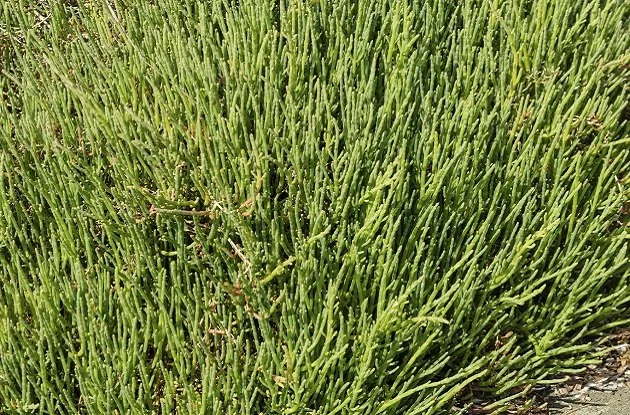A Beginner's Guide to Foraging in San Diego
In recent years, there has been a newfound spotlight on foraging, the age-old practice of finding and gathering wild foods and provisions. At its core, foraging is embracing the food at our feet, and human beings have been doing it for hundreds of thousands of years. My ancestors were foragers and so were yours.
But, foraging means so much more than just gathering food. Foraging is about understanding our ecosystem and familiarizing ourselves with the different types of weeds, herbs, bushes, fruits and trees that surround us. It’s about adopting an attitude of green guardianship and sourcing locally available foods in environmentally responsible ways. And it’s about stimulating the palette and using and consuming wild foods in sync with the seasons.
If you are thinking about trying your hand at foraging, there are some important ground rules to follow. For example, did you know that many wild plants are on the endangered species list due to overharvesting and commercial production? If you find a spot to harvest and take everything from the root, the plant will die and likely never grow in that area again. This is why a crucial aspect of foraging is to only take as much as you need so future generations can enjoy.
Here are some other important tips when sourcing your own food:
Always carry a guidebook so you can identify what you’re harvesting.
Never eat anything you can’t identify or deem safe.
Don’t pick from the side of the road or from places where plants can be sprayed with pesticides.
Don’t collect from nature reserves. They are protected and it’s against the law.
Always rinse and wash wild foods before consuming.
Interested in exploring your backyard? Here are some indigenous San Diego plants we often forage for and use in the California Modern kitchen. For example, we use wild fennel blooms to make butter for our seasonal spot prawn dish. We'll make a purée with natal plums. We’ll blend the nasturtium flowers into sorbet for a delicious cold treat. And we’ll garnish a crudo with radish flowers for a spicy kick.
Natal Plums (Carissa Macrocarpa)
These plums are oval-shaped and have bright red outer skin and flesh. Only the red fruit is edible, which should be soft to the touch, and their flavor can be compared to that of a tart cranberry. Be careful handling natal plums though—their leaves and stems are toxic.
Nasturtium
These are green, round, lily-pad-shaped leaves. Their flowers vary in color from yellow to orange to red, and their flavor is that of watercress with peppery notes. Every part of Nasturtium is edible, from the flower to the stem to the pods. It is found in the summer but also grows though winter in warmer climates.
Wild Celery
Wil are thin stems with long, lush green leaves, different in size and shape from domesticated celery. Their flavor is that of the domesticated celery you’re used to but 100X more pronounced. You can find wild celery year-round.
Sea Beans
These are thin, dark green stems which grow near the coast. Their flavor is mildly salty and they can be found year-round.
Wood Sorrel (Oxalis Acetosella)
Wood sorrel has heart-shaped leaves, clustered in groups of three on a stem. They are green in color with a slight purple pigmentation on the underside of the leaves. Wood sorrel’s flavor is reminiscent of lemon and they can be found in early spring through fall in temperate climates.
Wild Fennel
These are tall, feather-like foliage. Everything from the bulb to the stem to the flower is edible. Wild fennel’s flavor is that of intense licorice and they can be found year-round in temperate climates.
Wild Radish
Wild radish has dark green, lobed leaves with white and pale pink petals with purple veins. The entire plant is edible and their flavor is reminiscent of horseradish. Wild radish can be found year-round but they bloom in the spring.
Pictured from left to right: Wood Sorrel, Wild Fennel, Wild Radish
The bike trails in Bird Rock, just a few minutes south of the restaurant, are a great place to find natal plums and wild fennel. You can also look for wood sorrel, nasturtium and wild radish off Via De La Valle, heading eastbound. The back roads around this area are lush with wild foods. Lastly, check areas close to the coast, like the beaches along La Jolla Shores, for wild celery and sea beans.
Ready to start foraging? Share your experiences with us on Facebook, Twitter and Instagram and let us know what dishes you prepare using the wild ingredients that you find. Happy hunting!






